What bird (egg) is that?
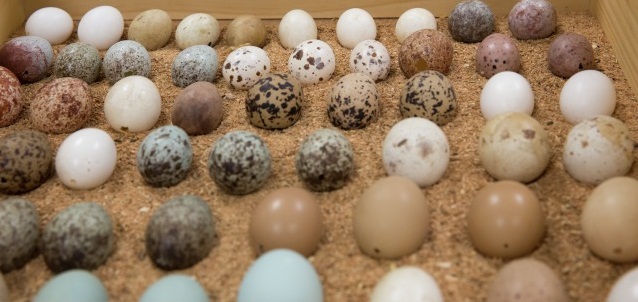
How many species of birds can you identify just by looking at the size, shape and colour of their eggs? For me, the answer is probably one or two, so I recently asked collection donor Bill Gibbs and ornithologist Dick Schodde to visit the Museum to help describe the species represented in some 276 bird eggs. For me, engaging with these beautiful eggs provoked complicated thoughts of loss and appreciation.
Australians have long been fascinated with their continent’s bird life, but the question has always been how to actually record the characteristics of different species. In the 19th century, before high-powered binoculars and cameras became available, professional ornithologists tended to shoot or otherwise kill birds and add them to their collections as mounted taxidermy or skin specimens. Many enthusiasts, however, and especially young and amateur collectors who couldn’t afford to have specimens prepared, focused on oology, or collecting eggs. Indeed, at one stage, Australia was gripped by something of an oological craze,with individuals competing to build the most encyclopaedic collection or to get hold of eggs from the rarest species.
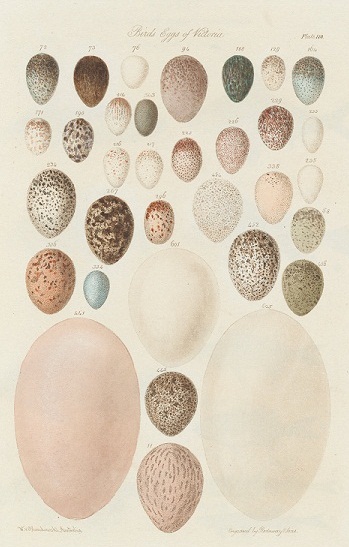
Pretty soon, bird lovers were becoming concerned about the impact of egg collecting on bird species and by the early 20th century, destructive studies were being replaced by observation and photography. In 1909, the Gould League of Bird Lovers (now the Gould League) was established with the aim of bird protection, and particularly the prevention of bird egg collecting, and moved quickly into delivering environmental education programs for children. In the 1930s, the Royal Australian Ornithologists’ Union (now Birdlife Australia) adopted a policy that the gathering of specimens, except under government permit, was not acceptable and it too increasingly focused on conservation of species rather than collecting. Today, collecting and trading eggs from native species is prohibited under Commonwealth and state conservation laws.
Despite this shift, it seems that many young Australians, and particularly boys growing up in the country, continued to collect bird eggs through the 1960s; and the Museum has recently acquired a collection of 276 eggs that records this aspect of our country’s birding history. Bill Gibbs grew up on the outskirts of Bendigo in Victoria and spent his leisure time cycling around the nearby bush and farmland with his best friend. Like other mates at school, Bill and his friend were keen egg collectors. They spent hours searching out different species, observing pairs nesting and then, when the time was right, removing the eggs.
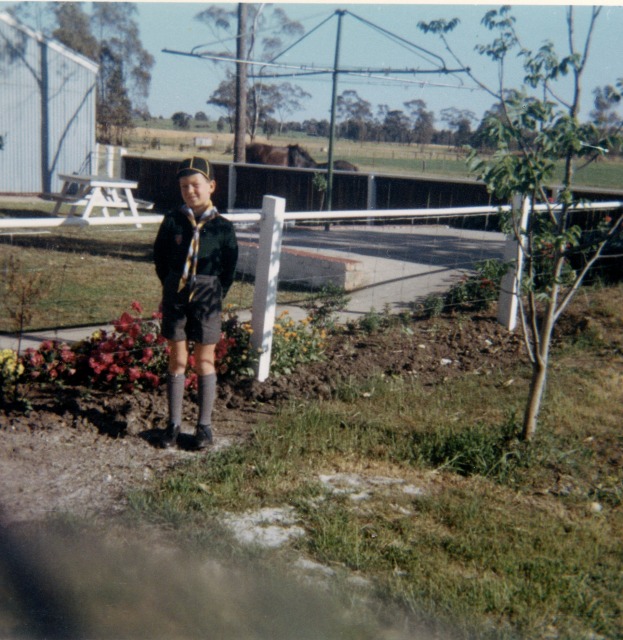
Today, Bill is remorseful about taking many of the eggs, particularly those of species now listed as threatened or endangered. But at the time, egg collecting was a way of engaging in an intimate and enjoyable way with the natural environment as well as participating in a community of egg collectors. Bill went to considerable lengths to care for his collection. Once he got the day’s find home, he carefully blew the contents from the shell, identified the species from a reference book and lodged the egg carefully in his wardrobe. Indeed, Bill eventually removed all his clothes from the drawers in his wardrobe, filled them with sawdust and used them to store his eggs.
After caring for his collection for several decades, Bill donated his eggs to the National Museum. He didn’t create records of where and when the eggs were collected, or of the species represented, so to understand the collection better, I asked ornithologist Dick Schodde to help us describe Bill’s eggs. Over a few hours, Dick, drawing on his expertise, and Bill, offering his collecting memories, identified most of the eggs in the collection.
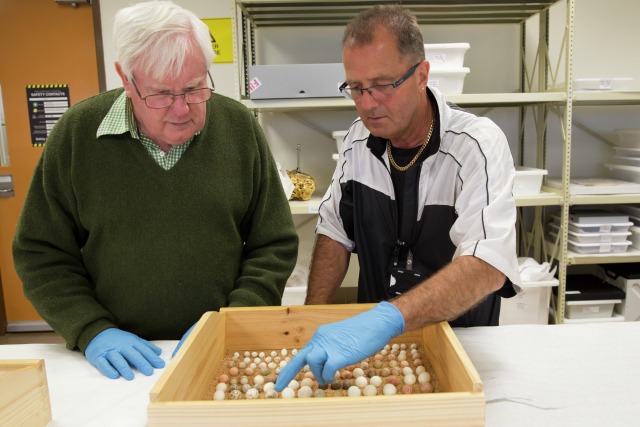
The collection represents over 60 different species, including many native species like emu, eagle, falcons, kites, swan, swamp harrier, various water fowls, honey eaters, magpie, chough, geese, various parrots, willy wagtail and kookaburra. It also includes some domestic species, such as chicken, guinea fowl and canary that Bill’s family kept in the backyard, and even a bantam egg that Bill’s sister stained with tea and planted in a fake nest in the garden to trick Bill into thinking that he’d discovered a new species. For Bill, the primary interest was creating a diverse and aesthetically pleasing collection, rather than adhering to any strict zoological system.
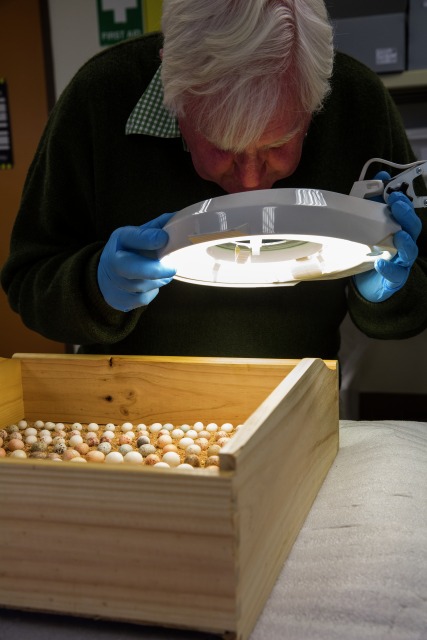
For me, this beautiful egg collection evokes complicated responses. On the one hand, I see it as a relic of a style of birding that is now, thankfully, past. As Bill and Dick identified eggs as belonging to the Black Falcon and the Regent Honeyeater, species now both listed as endangered in Victoria, I felt grieved at the precious lives that were never lived and the possibility that these species might disappear for ever. The collection appears from this perspective as an object lesson (literally) in what we should not do.
But Bill’s collection also embodies an appreciation of non-human life that is precious and positive, though perhaps also endangered as fewer and fewer people enjoy the kind of ‘free range’ childhood that Bill experienced. As Dick and Bill talked about the collection, they expressed an intimate, detailed knowledge of bird life and the places in which those birds lived. They were able to identify species, recall what each bird looked like, where it nested, how it behaved, and their discussion evoked in each of them precise, if sometimes decades old, memories of encountering and engaging with birds. Birds were an integral part of their lives and surely this kind of knowledge about the non-human world, and the sense of connection and appreciation with which it is interwoven, is the foundation for us developing ways of living that enable people – and birds – to flourish.
Are birds an important part of your life? How do you ‘collect’ them? Please let me know your thoughts by adding a comment below.
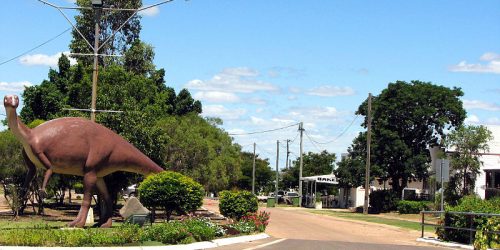

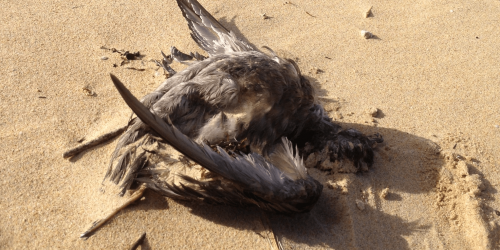
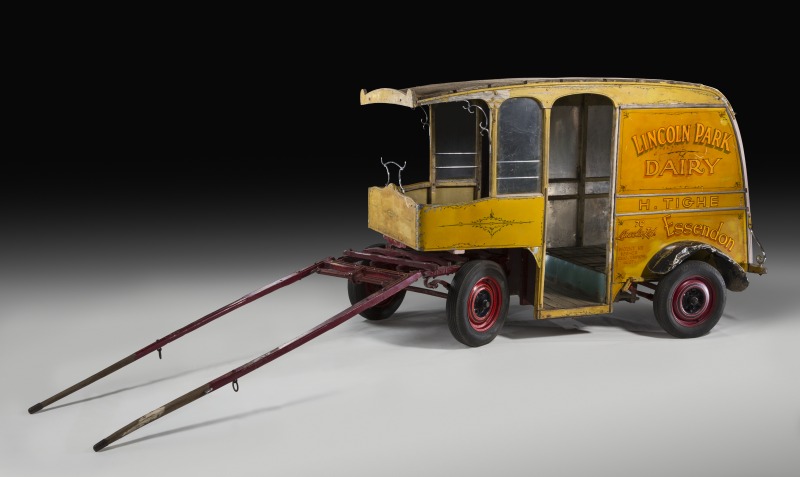
Hi do you want any more birds egg collections?. My family and I are desperate to know what to do with my Grandfather/ fathers collection of birds eggs. We have hundreds of them all neatly enscondsed in rough and ready purpose build boxes made by hand by my grandfather. I know it is the wrong thing to do and we do not condond their behavior but these eggs were collected when my father and his brother was very young and it seemed the thing to do apparently. But here we are some 80 years later and as a family are left with these precious things of beauty and dont know what to do with them. We have treasured them for years out of respect for my father who as the last one of the three living . My grandfather died at 85 and my unkle was killed in France in WW2 . As the years have passed my dad died and passed thm onto my brother but he is just sick of carting the boxes around when ever they move house. We know they cannot be sold but we dont want tham destroyed if at all possible but this will be their fate if we cannot find a organisation who want them and will value them soon. My grandfather, my father and his brother lived in Kurmburra (? spelling ) south east Gippsland Victoria on a dairy farm and in then in Melbourne central. So the birds came from those locations in the early 1900’s. My father was born in 1919 and collected them as a child. So the years range from probably before Dad was born and at least thill he was in his teens. Grandpa was passionate about birds this sounds dumb when you think he stole the birds eggs but such was his love of birds. We children were even told he imported budgies from the UK. Who knows now if this was true, we believed it when we were told it. My granfather fell from his horse on the farm and broke a leg he could not work for months and the boys were too young to step up.It was the great Depression and they subsequently lost the farm during and Grandpa moved the family to Melbourne where they continued the collection and Grandpa bred birds and grew Dahlia’s made do for a living by living on what he earned by selling birds and flowers at the Melbourne Victoria Markets. He even told us as children of one bird that was very rare and he watched the bird over days and weeks to find out where it lived in the Melbourne Botanical Garden and then when the time was ripe and the bird was breeding he hid in the gardens overnight. In the dark he swam over a pond to the island and get one of the eggs which put in his mouth and swam back over to the park, got dressed went home to Carlton. We have his typed listings of the eggs whihc range from very small to large, of a vast variety of colours and all set out in small sectioned of boxes which make up trays which form into larger boxes. The eggs are resting on beds of cotton wool. As an older man in my lifetime Grandpa continued to keep birds and had aviaries of them as long as I can remember . He and my father knew all the bird sounds and loved them. Even many years later my dad was in his 60’s he could mimick the bird calls and identify species from their bird sounds. They just loved birds and were interested in them all their lives.
We we love to hear from you if you would like these eggs if not can you tell us where we could go next.
Thank you Sisters Delsia Lancaster and Delene Michalk Orange NSW
I found an egg digging in the ground. It’s appearance seems to be more solid than an egg. Almost like its been fossilized or petrified. I’ve searched many web sites and to my untrained eye, all the eggs appear similar. I’m really curious about what I have found but don’t know where I can find out about it?
Dear Delsia and Delene, Thank you for sharing your wonderful stories about your grandfather and his interest in collecting bird eggs, and your family history more broadly. Since publishing this post a number of people have contacted me about egg collections suggesting that it was once a very popular pastime, particularly for boys! I’d like to talk further with you outside the blog about your offer to donate your collection to the Museum, so could you please send me an email with your contact details? My address is kirsten.wehner@nma.gov.au. Thanks again, Kirsten.
Hi Shane. Your egg sounds fascinating! I’m not an expert in fossils, so I suggest you contact the Australian Museum in Sydney. You can find the address and a list of the information they’ll need here: http://australianmuseum.net.au/connect-with-us. Good luck with your search, and if you’ve a minute, please send another comment to let me know what you’ve found. Cheers, Kirsten.
Like your story & replies, but still sad so little thought was applied to collecting eggs, however, hindsight is a wonderful thing…
Love our birds & ‘collect’ them by noting in our bird book where we saw them & date. Also enjoy recognising different birds by flight pattern & call which we pass onto others who are interested – creates an interest in conservation.
We have an egg, found, of all places at the Club the other night on a table. Obviously it was brought in by a patron to talk about & they forgot to take it home. It’s duck-egg blue with very regular 5mm spots of navy blue / grey. It is about 3cm long. The spots are mostly all the same size which is unusual – a very attractive egg.
Do you have any ideas please? – Jennifer
Hi Jennifer. Thanks for your comment and query, and it’s great to hear about how you’re enjoying and engaging others with ‘collecting’ birds today. Do you have a photo of your mystery egg? I may not be able to identify it, but can probably ask for some help from an ornithological expert. Kind regards, Kirsten.
Hi Kirsten, Will try & get a photo – will take a few days as someone else has the egg atm. Regards – Jen
Thanks Jen. Whenever you’re ready. Kind regards, Kirsten.